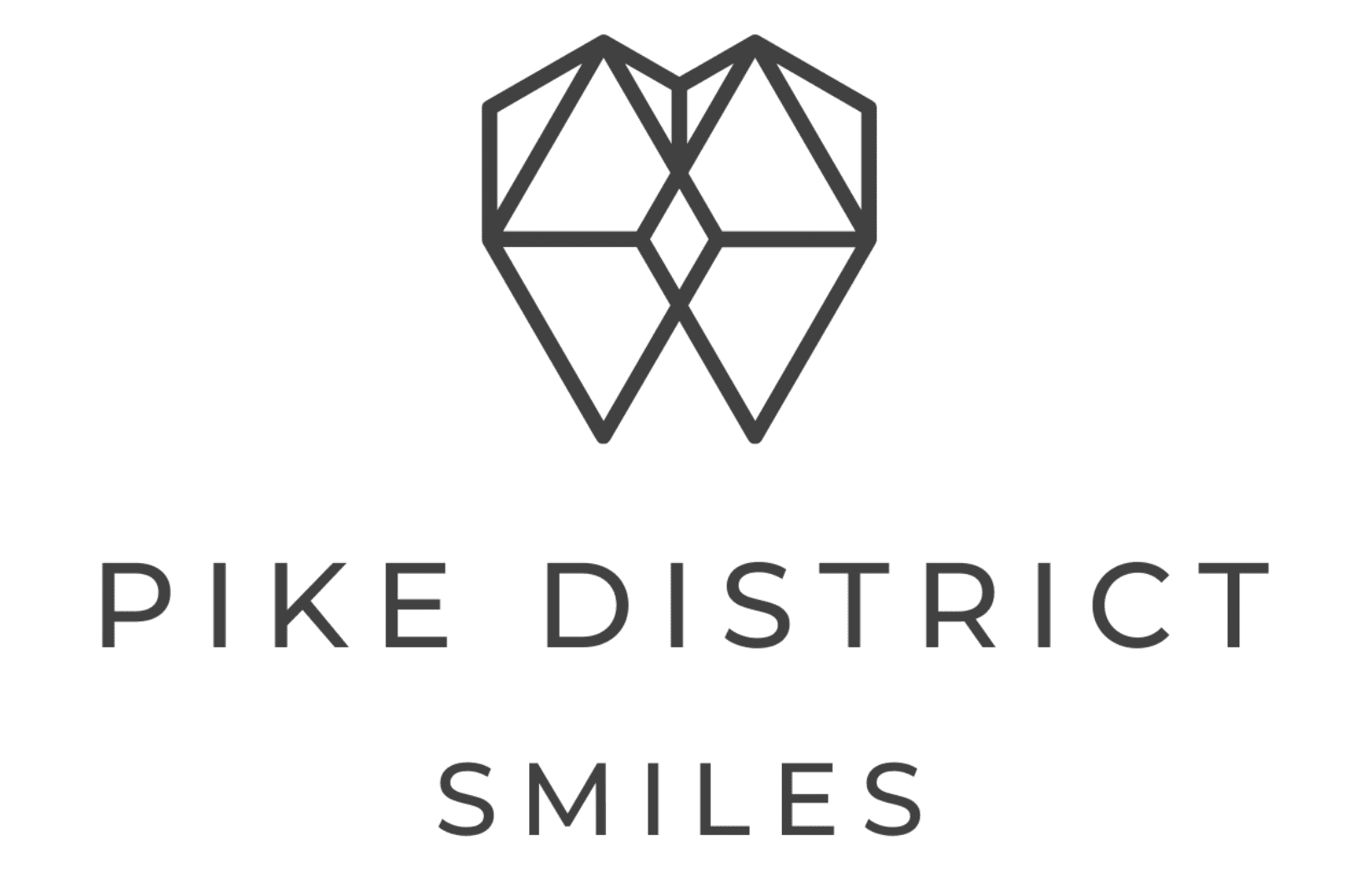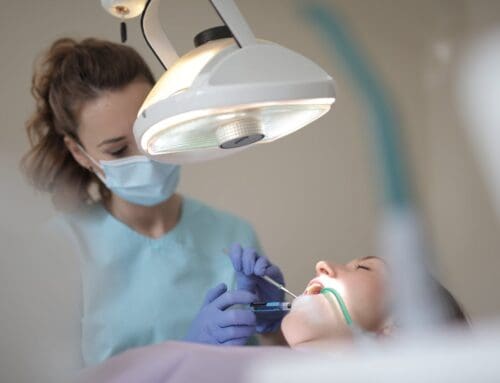Concerning dental health, preserving a lovely smile is just as important as ensuring proper oral hygiene. Unfortunately, missing teeth can significantly impact your self-confidence and overall well-being.
Thankfully, dental bridges provide a dependable option for enhancing your dental health and bringing back your beautiful smile. In this article, we will delve into everything you need to know about dental bridges, from their purpose and benefits to the various types available and the procedure involved.
Understanding Dental Bridges
Dental bridges are prosthetic tools utilized to fill in the gaps caused by one or more missing teeth. They are made up of one or more fake teeth, called pontics, which are secured in the mouth by surrounding teeth or dental implants.
The purpose of dental bridges goes beyond cosmetic enhancements; they also help restore your ability to speak and chew properly, maintain facial structure, and prevent teeth from shifting.
Benefits of Dental Bridges
- Improved Appearance: Dental bridges are designed to blend seamlessly with your natural teeth, providing a natural-looking solution to fill the gaps caused by missing teeth. This restoration can greatly enhance your smile, boosting your self-confidence and overall appearance.
- Enhanced Functionality: Missing teeth can make it challenging to chew food correctly, affecting your overall nutrition and digestion. With dental bridges, you can regain the ability to eat your favorite foods without any discomfort or restrictions.
- Preservation of Oral Health: Gaps left by missing teeth can lead to an assortment of oral health issues. Dental bridges prevent the remaining teeth from shifting, which can cause misalignment and bite issues. Additionally, they help maintain the integrity of your jawbone and facial structure.
Types of Dental Bridges
- Traditional Bridges: These are the most famous type of dental bridges and are made of porcelain fused with metal or ceramics. They involve creating a crown for the tooth or implant on both sides of the absent tooth, with a false tooth or pontic placed in the middle.
- Cantilever Bridges: Cantilever bridges are similar to traditional ones but are supported by a single dental crown instead of two. They are often used when there is only one adjacent tooth available to support the bridge.
- Maryland Bridges: Also known as resin-bonded bridges, Maryland bridges use a metal or porcelain framework bonded to the back of adjacent teeth with resin or cement. This type of bridge is an excellent option when the adjacent teeth are healthy and do not require crowns.
- Implant-Supported Bridges: Implant-supported bridges are a long-term solution for replacing multiple missing teeth. Dental implants are surgically placed into the jawbone, providing a secure foundation for the bridge. This option is highly durable and mimics the function and appearance of natural teeth.
Conclusion
Dental bridges are a valuable solution for restoring missing teeth and revitalizing your smile. With their numerous benefits and natural appearance, they can significantly improve your dental health and overall well-being.
If you have missing teeth, consult with your dentist about whether dental bridges would be a suitable solution for you. Remember, a healthy smile goes a long way in boosting your self-confidence and ensuring optimal oral health.
Don’t wait any longer to prioritize your family’s dental health! Pike District Smiles is here to provide you with top-quality care and dental bridges in Bethesda that you can trust.
Our comprehensive dental checkups, kid’s dentistry, root canals, periodontal care, dental implants, Invisalign, and more, will ensure your family’s smiles are healthy and beautiful.
With our proficient and devoted team, you can rest assured that you are in good hands. So, take action now and schedule your appointment with us today to start your journey toward a healthier, happier smile!







